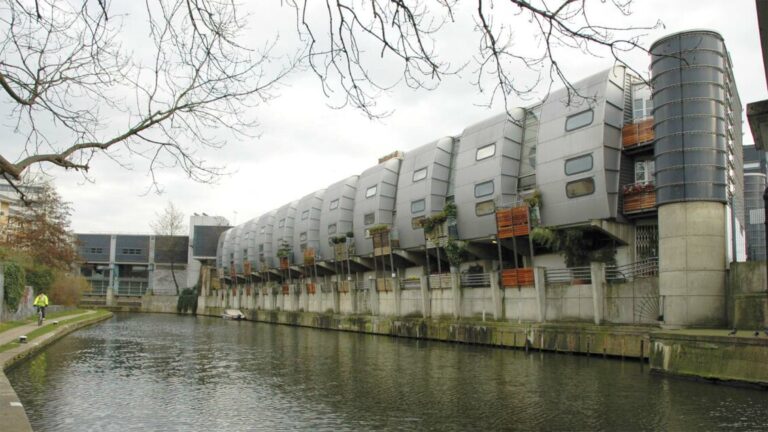Marcel Breuer’s Whitney Museum Building and Lower-Level Interior are Designated Landmarks

The New York City Landmarks Preservation Commission (LPC) voted unanimously Tuesday to add Marcel Breuer’s Whitney Museum and a portion of its lower-level interior to its list of more than 38,000 protected sites.
“The building and its unique interior are strong examples of the Brutalist style and represent a powerful testament to New York City’s role as a global center for innovative design,” said chair Sarah Carroll. Added commission researcher Lisa Buckly, “It’s an enduring emblem of modern architecture inside and out.”
The vote Tuesday was essentially a bureaucratic formality. At an initial hearing in March to consider the proposals, nine people spoke in favor, with another submitting a written letter of support. No one appeared in opposition, all but assuring both building and interior would be designated landmarks.
Breuer’s masterpiece, completed in 1966 and the architect’s only built project in Manhattan, was always a near certainty for designation. The status of its interior, however, was hazier. Sotheby’s purchased the building in 2023, and in November 2024 announced it was partnering with Herzog & de Meuron to renovate and adapt the space, worrying some that the firm would alter the former-Whitney’s singular character, particularly on the lower level with its distinctive lobby and entrance vestibule. A month later, the LPC voted, again unanimously, to consider an interior designation.
“I think the interior is important for several reasons,” commissioner Michael Goldblum said before voting for landmark status. “The connection between inside and outside is something that Breuer and his generation of architects sought to efface to the greatest effect that they could. The use of exterior materials, the continuity between inside and outside of textures—very rich and interesting textures and forms—I think is critical to the building’s success.”
The former-Whitney interior is the 125th granted landmark status. Its designation specifically applies to “portions of the lower level facing Madison Avenue; the first-floor lobby, coat check, and entrance vestibule; and the main stairwell from the lower level through the fifth floor, which may include, but is not limited to the floor surfaces, wall surfaces, ceiling surfaces, lighting fixtures, and attached furnishings.” At Tuesday’s hearing, numerous commissioners said they hoped the LPC, in the future, works with Sotheby’s to designate gallery space and its “distinctive and pivotal ceilings.”
“This along with [Paul] Rudolph’s Art & Architecture building at Yale are probably the most important Brutalist buildings in America,” LPC vice chairman Frederick Bland said on Tuesday. “This building gets better and better and better the more I live with it and see it and understand it in relationship with its completely contrasting context. We usually laud context, but this is an example where brilliant architecture trumps context.”







